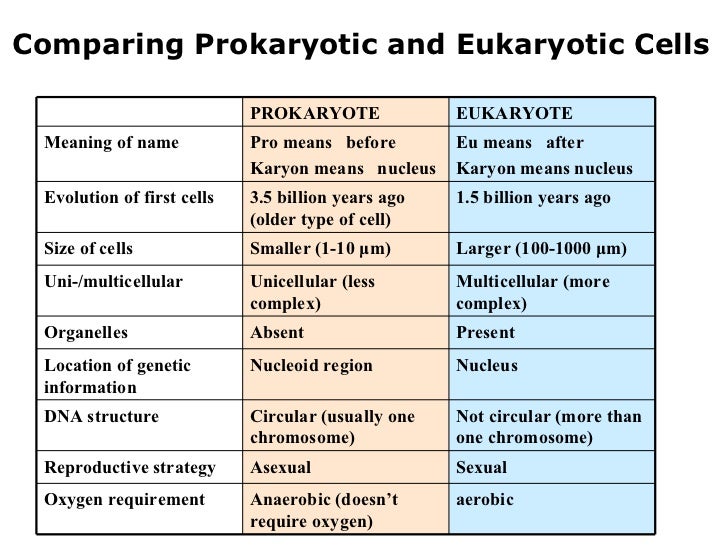
Molecular studies have provided insight into the evolution and interrelationships of the three domains of life.

Prokaryotes are asexual, reproducing without fusion of gametes, although horizontal gene transfer also takes place. Others, such as myxobacteria, have multicellular stages in their life cycles. While being unicellular, some prokaryotes, such as cyanobacteria, may form large colonies. It was once thought that prokaryotic cellular components within the cytoplasm were unenclosed, except for an outer cell membrane, but bacterial microcompartments, which are thought to be simple organelles enclosed in protein shells, have been discovered, along with other prokaryotic organelles.

In the study of the origins of life, prokaryotes are thought to have arisen before eukaryotes.īesides the absence of a nucleus, prokaryotes also lack mitochondria, or most of the other membrane-bound organelles that characterize the eukaryotic cell. Organisms with nuclei are placed in a third domain, Eukaryota. But in the three-domain system, based upon molecular analysis, prokaryotes are divided into two domains: Bacteria (formerly Eubacteria) and Archaea (formerly Archaebacteria). In the two-empire system arising from the work of Édouard Chatton, prokaryotes were classified within the empire Prokaryota. The word prokaryote comes from the Greek πρό ( pro, 'before') and κάρυον ( karyon, 'nut' or 'kernel').

A prokaryote ( / p r oʊ ˈ k ær i oʊ t, - ə t/) is a single-celled organism that lacks a nucleus and other membrane-bound organelles.


 0 kommentar(er)
0 kommentar(er)
